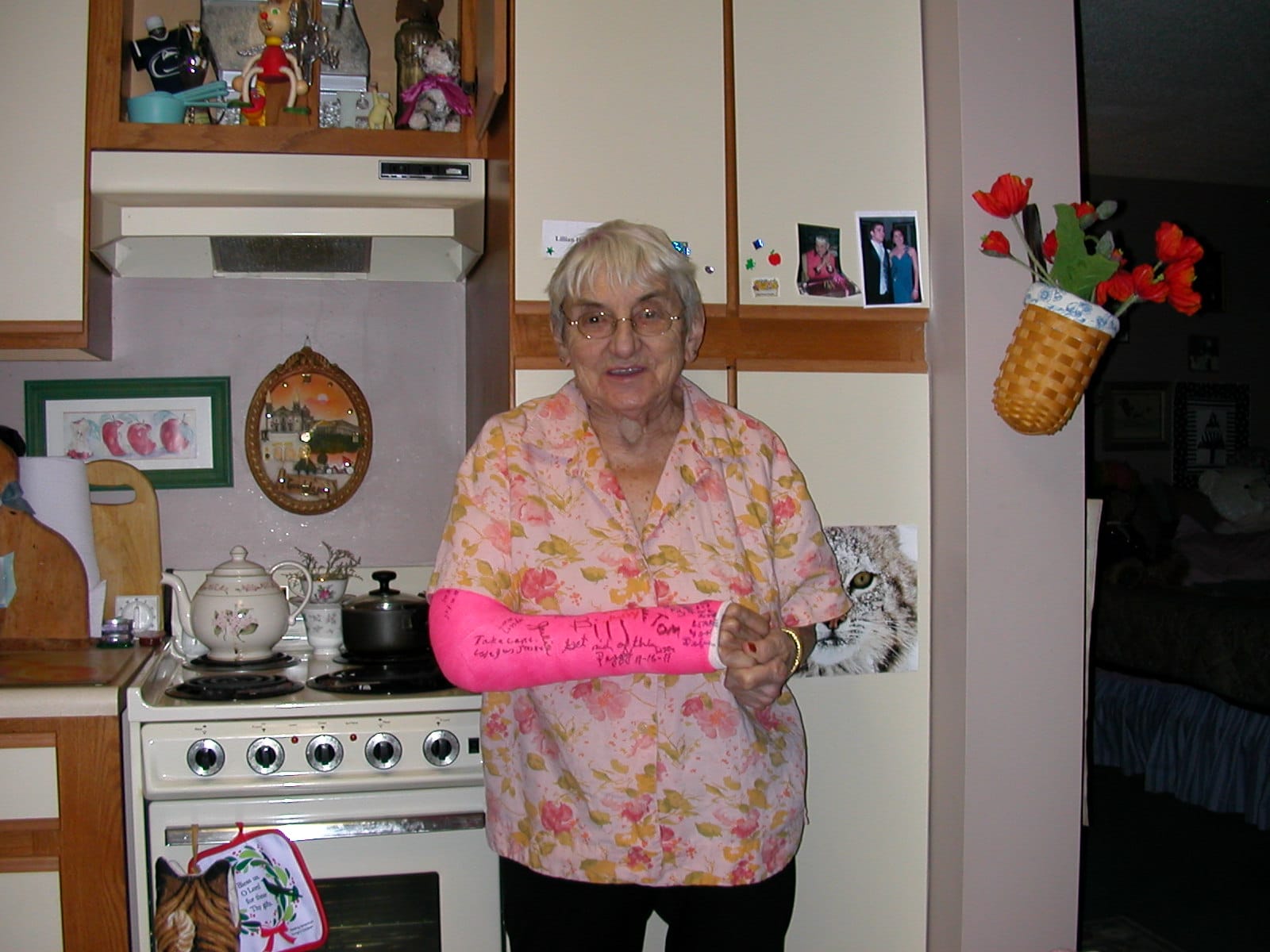http://www.siliconindia.com/profiles/Joel-Solkoff-C5W8MGcL.html Joel Solkoff Columnist www.e-architect.co.uk Prized Accomplishment(s): Following the details of Renzo Piano’s first New York City assignment The Morgan Museum and library. In my column and in YouTube style videos, I followed the project from creative vision through construction. The Journey So Far: I am a 66 year-old paraplegic who is a research assistant […]
Virtual reality
December motto plus optional isolation
Dr. Jeniffer Simon, a caring and experienced urologist, Geissinger Medical Center, State College PA showed me on her computer this image–a cancerous tumor surrounding my right kidney, referring me to Memorial Sloan Kettering Cancer Center in New York City. “Unless you have surgery quickly, you will be dead in 10 years.” The date: April 5, 2013, […]
Virtual reality cuts costs and increases satisfaction
Put on your 3-D glasses The following appeared in HME News, the publication for the home medical industry, on July 26, 2011. This year and last, I asked the residents of Addison Court, the low-income apartment for disabled and elderly in State College where I live, to attend a demonstration at the Immersive Construction Lab, described […]
John Bertoty co-founder of Blueroof
John Bertoty (right) is Executive Director of Blueroof Technologies, Inc. This is a position John has held for the past 10 years when he founded Blueroof with Robert Walters (left). Listen to one of the sounds you might hear after you enter the front door. burgularalarmon In 2002, John was Academic Principal, McKeesport Area High […]
Aging Baby Boomers Like Me Need Housing: Think of this as an eccentric table of contents
Naturally, I begin with myself. The primary theme of my website is based on a scholarly body of literature known as experienced-based design which for the layperson, such as myself, means that I should have a role in the design of the world I live in. 1. For an attempt at a coherent presentation of […]



